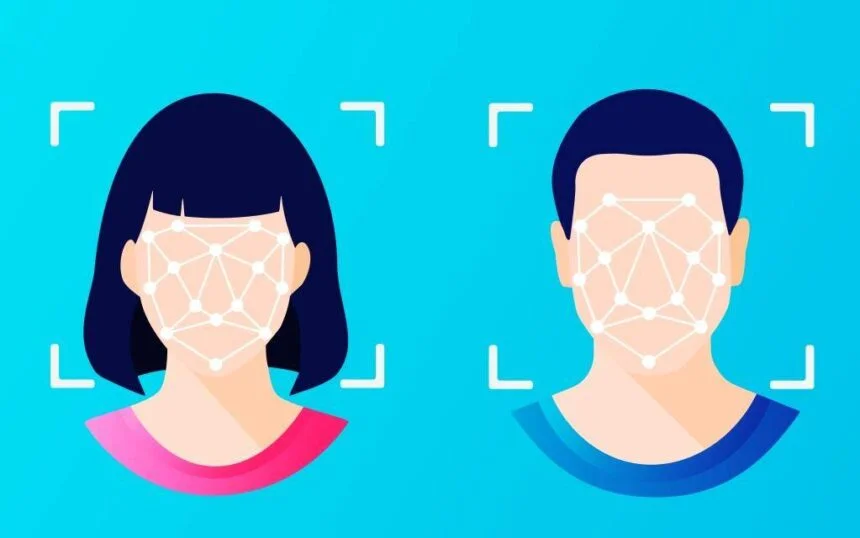Fraud has been an ongoing problem for quite some time now. Our technology may have become more sophisticated but so are criminals. It feels more secure now that we have several modes of verification but it’s still unsettling to see news of big companies like Facebook or Yahoo getting their data compromised.
Fraud is not a small problem. The global cost of it is $4.2 trillion. But with technology like AI, we can expect identity to fraud to become less frequent. Well, up until criminals decide to come up with smarter strategies. But because AI is constantly learning, it’s only a matter of time before it can come up with solutions to fight against these new tactics.
The Association of Certified Fraud Examiners has talked in detail about the role of AI in their profession. Author Mason Wilder has written an article on this topic, which discusses the value of AI in both detecting and mitigating fraud.
Here are more ways that AI will be fighting identity fraud.
1. Identifying Behavior Patterns
AI is smart in a sense that it doesn’t just analyze data at face value. For example, someone is trying to get into your account and have biometrics used as identification. It could be you or someone else, who knows. AI has to figure that out. So it looks into your past transactions and it sees that you’ve always logged in the morning at the same location. But this time, it shows you are logging in from a different location.
AI analyzes your past behaviors and uses that information to assess the risk of the current transaction you’re trying to make. So, what it does is ping the transaction, send a message to your email inbox of phone, and asks to verify a message.
Without AI, suspicious transactions like this can go through because ordinary banking systems don’t have the smart system to analyze customer’s data patterns and predict future outcomes.
2. Preventing Mass Fraud
In the past, hackers would be able to perform mass breaches on a number of accounts. They’re still able to do that now but it’s getting harder as more institutions employ AI into their systems. This goes in line with the previous point. It’s hard to fool AI because it pins a suspicious transaction in its tracks. When done in huge numbers, it only alarms the AI and stop it even without human intervention.
3. Detect Fraud from Previous Data
We mentioned how AI is able to use past data to predict future behaviors. As an institution, if you want your AI system to thrive, you should be feeding it more data. This can be done by letting it analyze millions of previous customer data. By doing this, it can find possibly fraudulent transactions that have happened in the past. This points you in the direction of customers who you may have to be removed from your system. It also makes your AI smarter as they use that information, they just processed to successfully decline customers that may be high-risk.
4. AI Does All the Heavy Lifting
Normally, it would take days, even months, to go through customer data. This is true especially for businesses that manage more than a hundred customers. If you’d like to scale your business and enjoy the same fraud protection, AI is the best solution
AI is able to process huge amounts of data. This means you and your team don’t have to use all those resources sifting through data. Instead, spend that time on tasks that require more critical thinking. With AI, you can maintain the security of your many customers, and grow your business without the added cost.
5. Faster Security
The promise of better security often translates to longer, more tedious transactions. However, that is not true with AI. Because it is a smart machine, it doesn’t take that long to process your regular transactions. It’s able to process data quickly, cross verify customer data with the database, and proceed with doing the transaction.
What is the Future of AI in Fraud Prevention
What are your thoughts about using AI to fight against fraud? Share your thoughts in the comments below.







